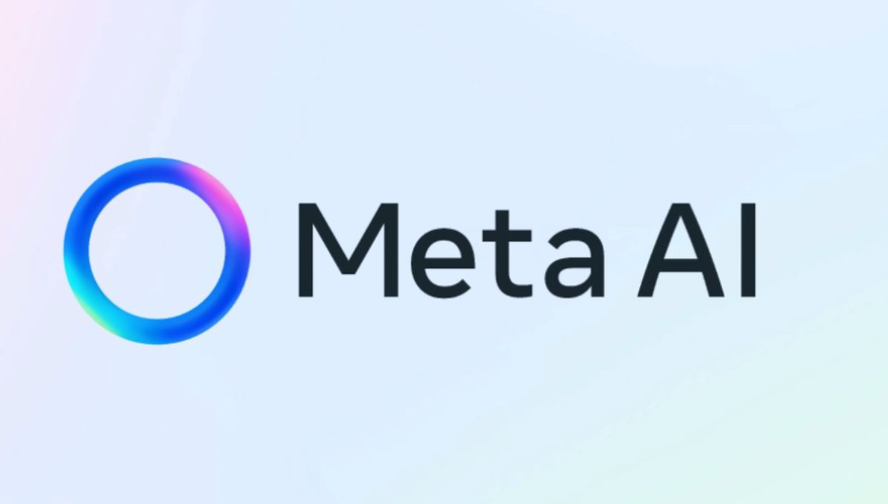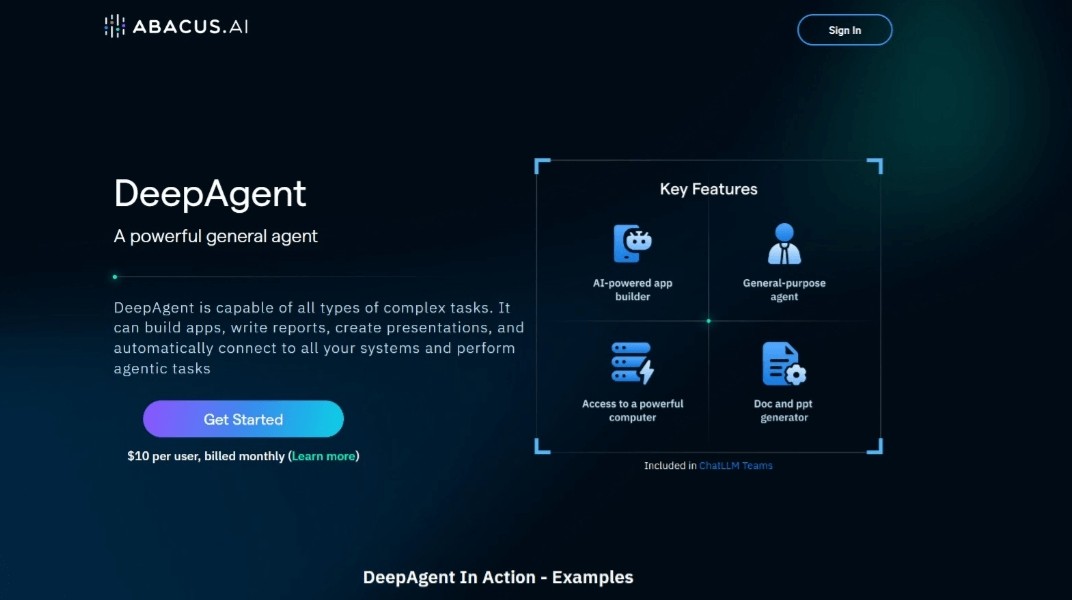
InternVL2.5-26B is a powerful multi-modal large model, specially designed for processing visual and language tasks, with excellent visual understanding, text generation and multi-modal reasoning capabilities. Here is its core message:
Model architecture
Based on the 26B parameter scale multi-modal Transformer architecture, combined with advanced visual and language feature representation technology, it supports efficient processing of images, text and multi-modal input.
multimodal capabilities
Supports complex visual tasks (such as image classification, object detection) and language tasks (such as text generation, semantic understanding).
Excellent performance in multi-modal reasoning, capable of processing contextual information combining images and text.
training data
Use large-scale multi-modal data sets for pre-training, covering rich visual and language scenarios to ensure generalization capabilities.
Application scenarios
It is suitable for cross-modal question and answer, image and text generation, image subtitle generation and other scenarios, and is especially suitable for tasks that require high-precision multi-modal understanding.
Python version : 3.9 or above.
Supported framework : PyTorch 2.0 or higher, compatible with mainstream tools such as Hugging Face.
Hardware recommendation : Supports multiple GPUs (such as A100 or H100) or TPU for efficient inference and training.
Use Hugging Face's transformers library to quickly load the model sample code:
from transformers import AutoModelForCausalLM, AutoTokenizer model_name = "InternVL/InternVL2_5-26B" model = AutoModelForCausalLM.from_pretrained( model_name, torch_dtype="auto", device_map="auto" ) tokenizer = AutoTokenizer.from_pretrained(model_name) #Example input input_text = "Describe the objects in the image." inputs = tokenizer(input_text, return_tensors="pt") outputs = model.generate(**inputs) print(tokenizer.decode(outputs[0]))
Cross-modal question answering : Accurately understand the semantic relationship between images and text.
Image and text generation : High-quality generation of descriptive and creative text.
Task versatility : Strong performance in single-modal and multi-modal tasks.
For more information, please visit the official resources or the Hugging Face page to explore the potential of the model in multi-modal AI tasks.



